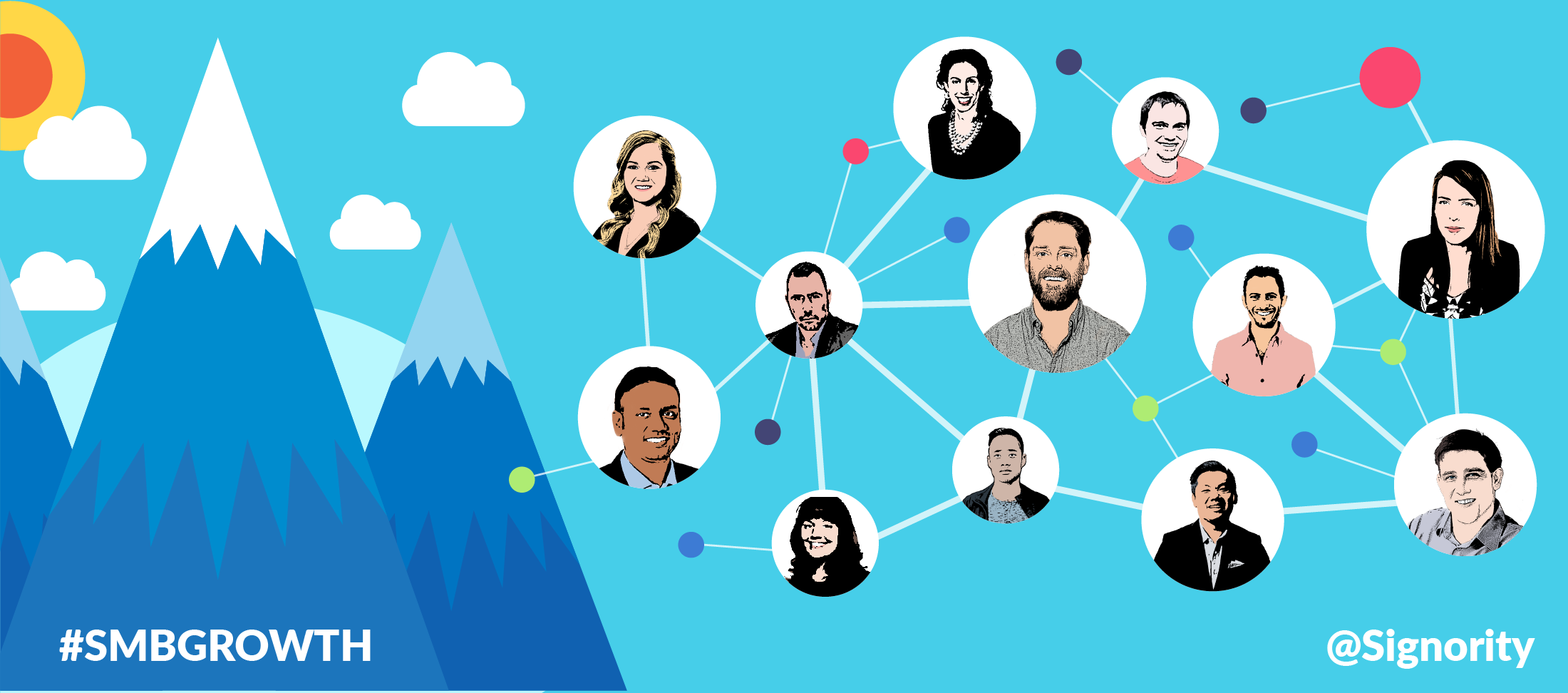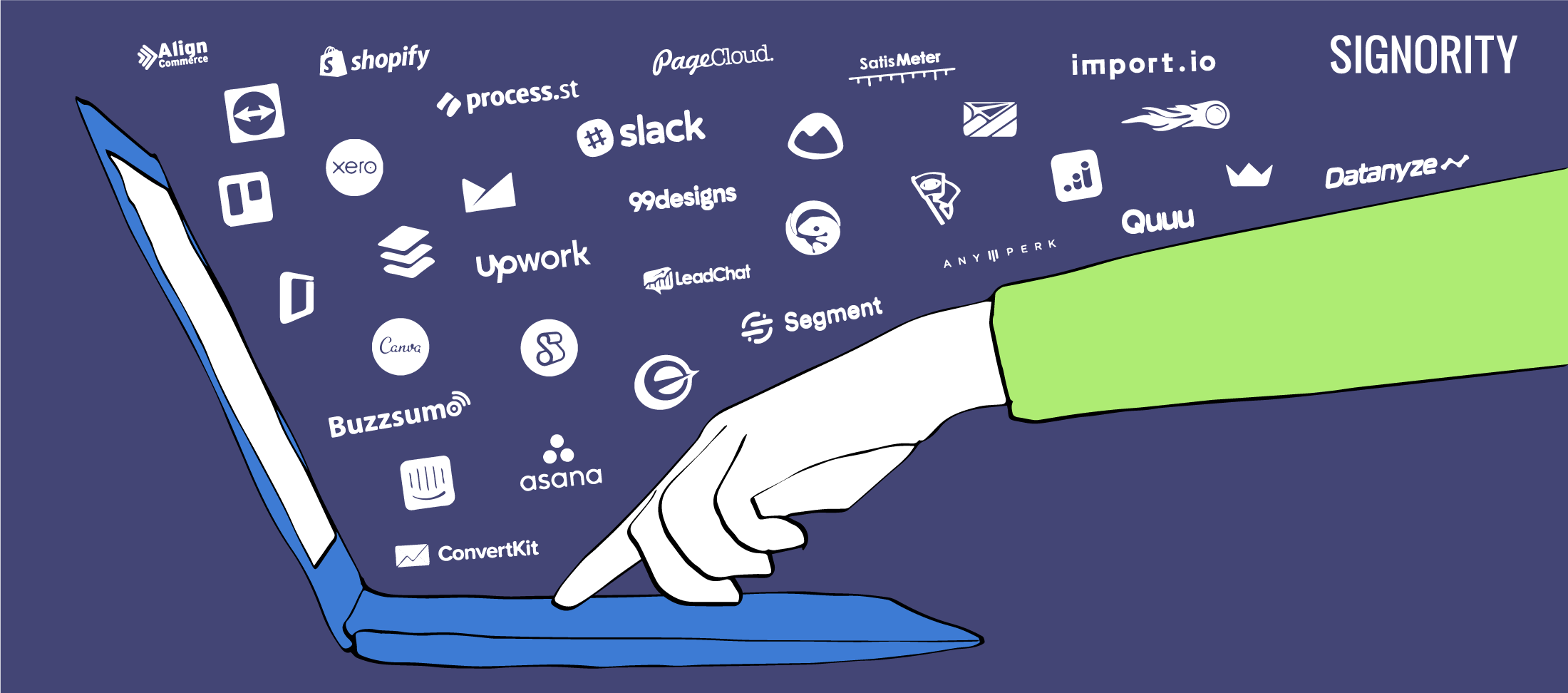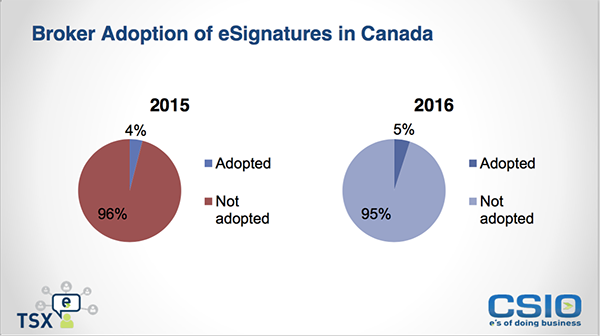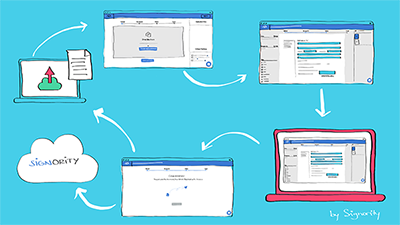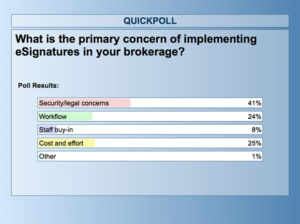When I got my first job as a freelancer, while living in a country where most people don’t know what remote workers are, the first words from my backing system (aka my parents) were: “But that’s not even a real job”. What’s most important, I was skeptical of the process myself. However, as a student with lots of free time and a desperate wish for financial independence.
I was scammed at first because I barely understood the process, how to handle remote clients, how the communication needed to be structured and more. This was discouraging and almost made me stop there. So, while feeling like an errant child and not wanting to admit to failure, I got another freelancing gig and kept moving forward on a path to learn. This perseverance paid off and led to eventually doing many freelancing gigs over many years, and most importantly led to being part of teams across the globe (from places like Brazil, London, Australia, Canada), working successfully and having fun doing so.
If you don’t get discouraged while you’re getting the hang of remote working, you can do all kinds of stuff with your life when you get out of work. You can work in the comfort of your own home, at cafes, parks, basically everywhere a laptop is allowed. Most importantly, especially for young people: you can travel the world!
Now, if you are the CEO, founder, director or person responsible for managing and including in your business plan digital nomads and remote workers, then consider the following feedback from a previous digital nomad (before finding my team here at Signority!)
Remote workers have opportunities
Despite what company you own or manage, there may be many opportunities for hiring digital nomads that you haven’t thought of yet. Many creative people are basing their whole activity on the net – photographers, game designers, writers and editors, but what is really flourishing is game designing and programming. Still, not to be left unmentioned are technical people in engineering, designing, consulting and marketing.
Given the myriad of new and great team collaboration apps for communicating and managing tasks such as Slack, Asana, Trello and even TeamViewer, the process is getting easier every day. Programmers are using sites such as GitHub and BitBucket to collaborate on projects, and writers are polishing up their WordPress and SEO skills to get ahead of the game. More and more each day, Skype is used to communicate with team members around the world. What this means is that many fields already have a system in place allowing and facilitating remote working. Find yours!
Digital Nomads do their research!
It is a given that remote workers will have to read every sentence of contracts and terms and conditions they agree to. There are many cases where they don’t, which would make it your job to incite them to. This is extremely important for the job process, so to ensure that neither of you are caught up in loopholes. Double check everything thoroughly! Read everything there is to know about the payment process, the monitoring of the job quality, or periodical checks while it’s ongoing. While this doesn’t mean to treat people as if they’re out to get you, you have to remember that working remotely is just like the traditional system of work. You’re still dealing with people behind all those emails and check-up chats. Ensuring you have a sound contract to start from is a good foundation and ensuring it gets signed before committing work just makes sure there are no surprises down the road. A lot of our customers use eSignatures for the purpose of onboarding employees and remote workers to facilitate this workflow.
digital doesn’t mean humanless
If you are a manager making space for remote workers and freelancers on your business plan, you have to remember a very important thing: at the end of the day, you are still dealing with people. If you communicate only through texts or emails, it is very easy to forget you are not talking to a very efficient robot on the other side, and that is a valid point whether you are the manager asking for quality work from a freelancer, or if you are the freelancer doing it.
While working as a freelancer myself, I found myself guilty of treating one of my bosses as this very timely and robotic entity, where I could submit my documents and get feedback on in a few hours. Aided by the fact that he was not the most conversational person on earth, the work hours became very easily tedious and annoying. Many people are not social butterflies in today’s workforce, however much we try to make ourselves look so. In the manager’s position, oftentimes you will have to encourage people to express themselves more easily, or if you make a pitfall into “robotville” you will have to remember that the people you have hired have personal lives, which while not disrupting their work, should actually have to be lived at some point during the day. You can’t expect them to work or even be online 24/7.
How you choose to do this is still your choice, it doesn’t matter if it’s through Skype calls, group pictures of the team working in HQ, or even weekly updates of the social life within the company: parties thrown, events attended, you know the drill. Just remember, workers, digital or not, are still people and a happy worker is definitely more productive!
Internet connections can still be a pain in 2017!
When remote employees are travelling the world and working for you at the same time, you will not only have to change meeting hours left and right because of flights and all the rest: you will have problems with slow connectivity. There are still places, much preferred from those who like to work while lounging on the beach, in which broadband connectivity is spotty, slow, and overall, horrible.
It can set back the progress of your project, and you will have no one to blame. However, this is an easily controlled problem. While most freelancers usually make sure the connectivity is a priority wherever they decide to stay on their trips, things happen. So what’s best is to leave a certain amount of security time, usually a day or so, during which you’re sure to get the completed work successfully.
Additionally, digital nomads should make sure to have an established cloud backup for everything, with helper tools such a DropBox or Google Drive, electronic signature services and even online editing tools, which makes it possible for them to pack up their office and go to the coffee shop down the street to complete the task you’ve given them with no hassle at all.
Office implications
If you are a big company with many offices, having one or two freelancers on your team won’t make too much of a difference into the overall available space in your floor. When you’re small- to medium-sized, however, it can be truly and greatly beneficial for you. You can be a part of a team with 15 or more employees, and only have to rent an office for two people, or even better, you can have a whole team of remote workers. Companies like Buffer do this well. With remote offices, as a manager, you will have to work on the office culture you want your company to have. While digital nomads tend to avoid office gossiping and similar phenomena, they also tend to communicate less with other team members, especially if they don’t have to collaborate directly on projects. Everyone can benefit from a little “water-cooler” conversations, even if it is only to make plans for drinks after work hours. This is one of the reasons why traditional workplaces are still going strong.
Conclusions
As every new team member, digital nomads and freelancers come with their own set of problems in management and on the other side, benefits. What you have to decide is how does it all work for your company, after careful consideration of all the positives aspects and downsides.
For more, read up on this article by the Globe and Mail on how to work with Freelancers.



